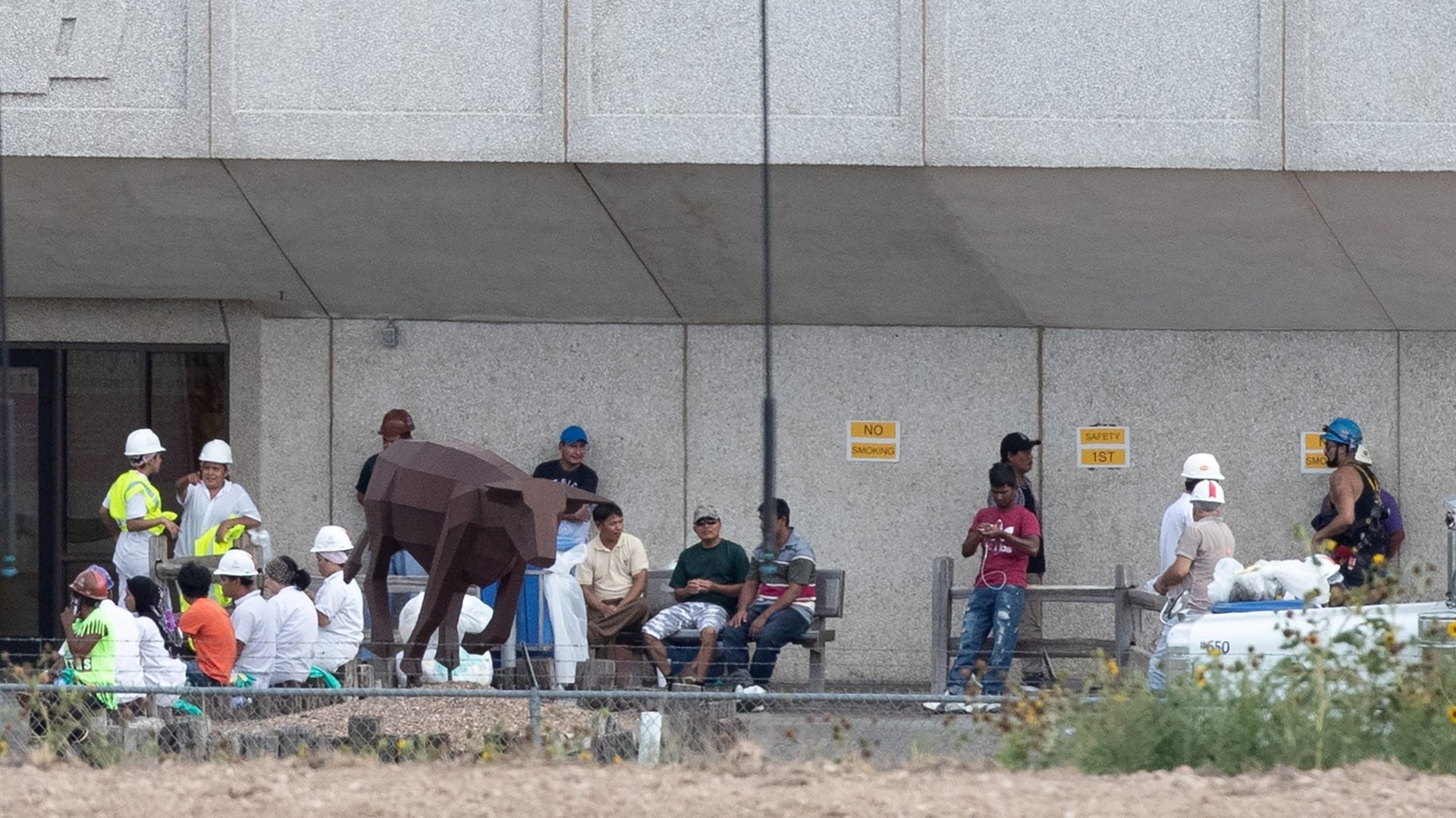Tyson Foods, one of the worst places to work, wants to be one of the best
Tyson Foods has long been scrutinized for its working conditions, but spurred by the pandemic, which has hit the meatpacking industry hard, the company has been making improvements to its jobs.


Tyson Foods has long been scrutinized for its working conditions, but spurred by the pandemic, which has hit the meatpacking industry hard, the company has been making improvements to its jobs.
Tyson now provides child care benefits and wellness programs. Average hourly wages continue to tick up, now at $24, up from $22 in August, along with access to full health benefits, retirement plans, and sick pay. To invest in diversity, equity, and inclusion efforts, the company had hired a chief diversity officer. One of the first big companies to announce a vaccine mandate, the US staff is now fully vaccinated, said Donnie King, Tyson Foods CEO, today (Nov.15) on a conference call with investors and analysts. Food and agriculture workers face some of the highest risks of getting covid-19.
The company is nearly back to full staff, said King. But Tyson continues to face a tough labor environment that affects its production and King said making Tyson a more desirable place to work is a priority.
“We have to be the most sought after place to work. We’ve done a number of things already to try to do that. You know, it’s the recognition that that the workforce today they have many many options,” King said. “We want to give them a better option.”
In the three months through September, Tyson reported revenue of $12.81 billion, up 12% from the same period last year, due in part to price increases for pork and beef.
Tyson’s poor working condition have made it notorious among advocates for workers. In 2017, a report from Oxfam America, an anti-poverty nonprofit group, called out the poor working conditions of the four largest US poultry companies—including how workers’ were routinely denied bathroom breaks. In response, Tyson partnered up with Oxfam America and the United Food and Commercial Workers Union to make changes to reduce worker injuries and illnesses.
Workers have more choice in today’s tight US labor market
Despite the changes, it’s an open question whether workers will want to work in what remains a challenging environment. For instance, a job posting for “general labor” at a Tyson Foods processor in Missouri lists that workers are exposed to “routine basis to cold temperatures ranging from 35-40 degrees up to 10 hours per day, wet/ and or humid conditions, slippery floors in some areas, and concrete floors.” Another meatpacking job listing in Pennsylvania states that workers will be exposed to“animal waste, by-products, and feathers.”
Tyson continues to invest in automation and robotics to “eliminate difficult higher turnover jobs,” said King, giving the example of automating away the task of deboning chicken. The company said that it will allocate some of the $2 billion it’s investing in physical improvements next year towards technologies to alleviate labor challenges.
Overall, with a growing population, fewer resources in the face of climate change, as well as labor costs rising, businesses in all parts of the food supply chain are looking to depend less on humans.